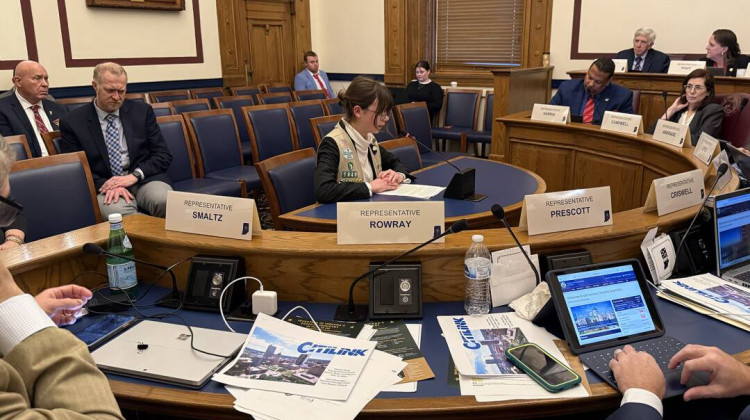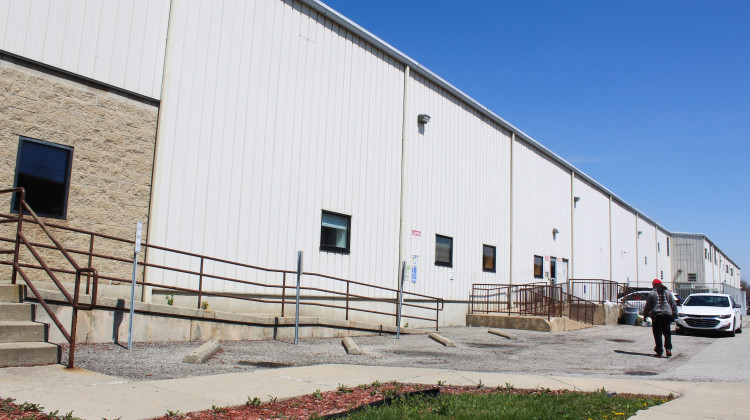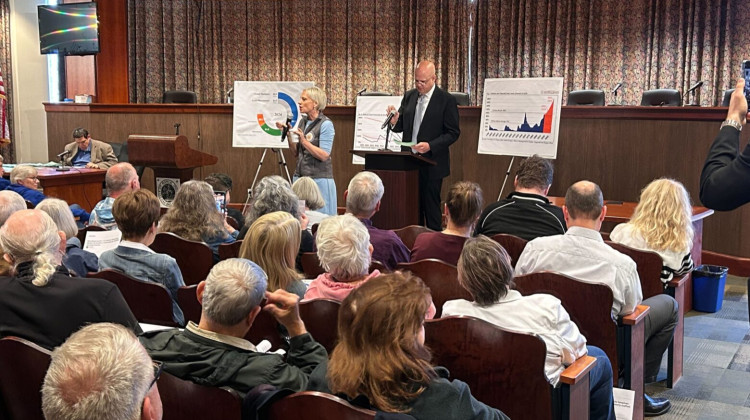“Supermoon” is a catchy name for what scientists call the moon, earth and sun’s perigee-syzygy. Because the lunar orbit is oval-shaped, the moon is closer to the earth during certain times of the month. A supermoon occurs when the moon’s perigee—the point at which it’s closest to the earth—happens when the moon is full.
Even though stargazing enthusiasts think the moon is pretty super all the time, November’s supermoon is especially dazzling, making its closest pass to the earth since 1948. As a result, the moon will appear 14 percent larger in diameter and will shine 30 percent more light onto the earth, according to NASA scientists.
Stargazers such as Jeff Silcox of Fishers seized the chance to view the moon Saturday night. Many stargazers had traveled to Butler University’s Holcomb Observatory, only to find its doors locked.
However, Silcox and a small band of moon enthusiasts still got a chance to see the moon—fortunately, a fellow stargazer had a telescope packed in the trunk of his car, which was assembled in a parking lot near the observatory.
Through the telescope, the moon blazed white and gray. “Oh wow look it looks like cheese!” exclaimed Silcox. “Check out the shadows on the edge!”
Hoosiers can still see the supermoon Monday evening. The moon will rise as just as the sun is setting, around 6 p.m. Clear skies are expected throughout central Indiana.
 DONATE
DONATE






 View More Articles
View More Articles


 Support WFYI. We can't do it without you.
Support WFYI. We can't do it without you.